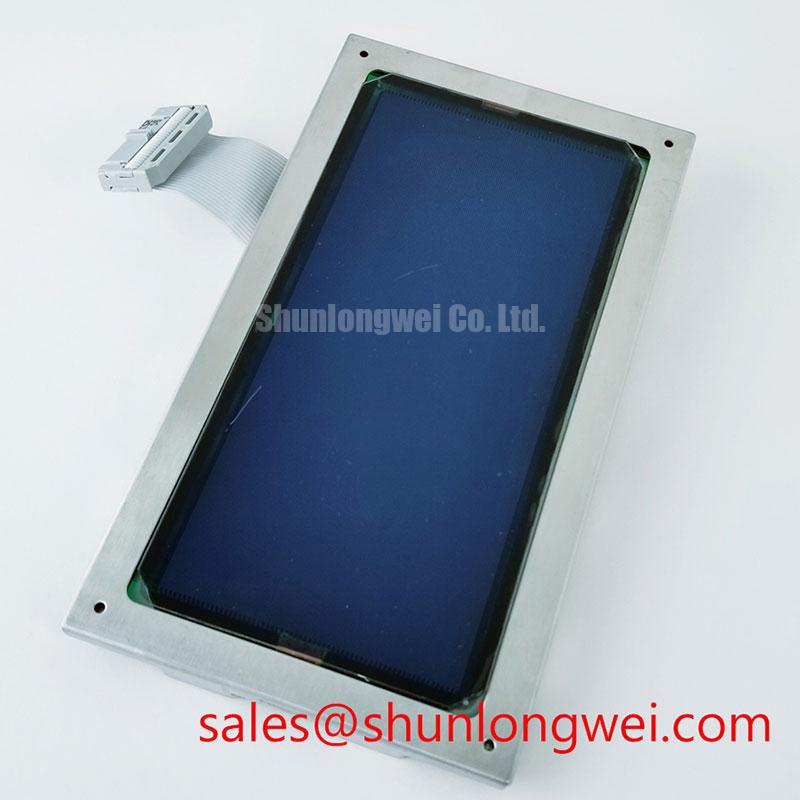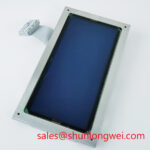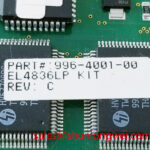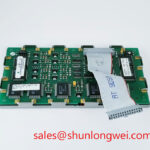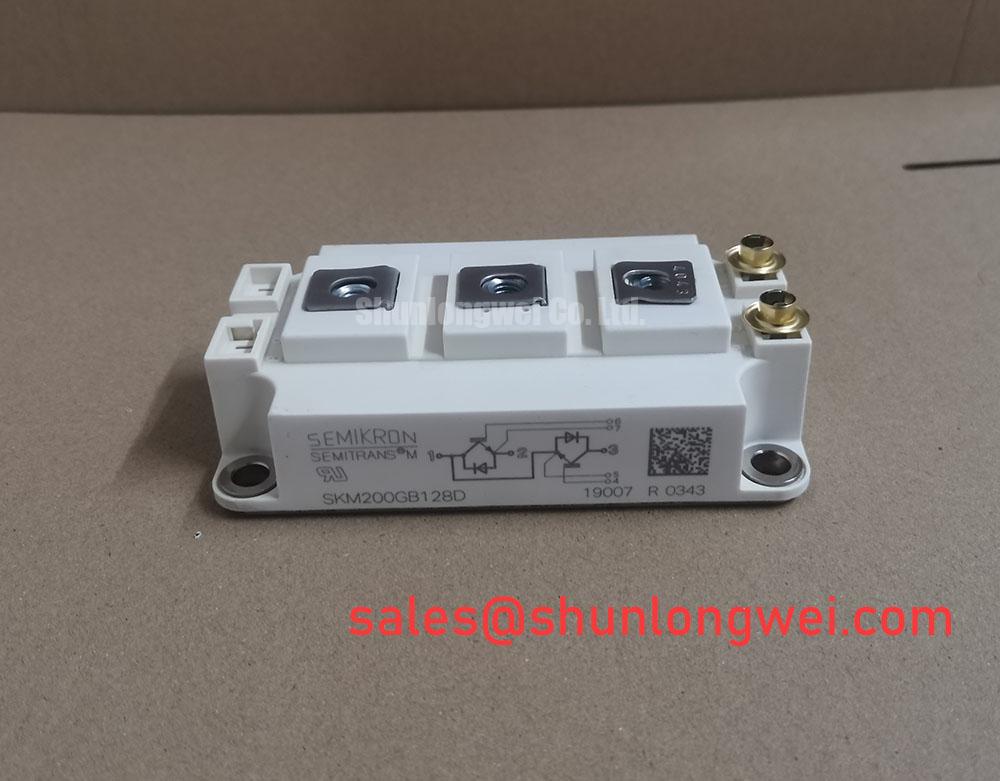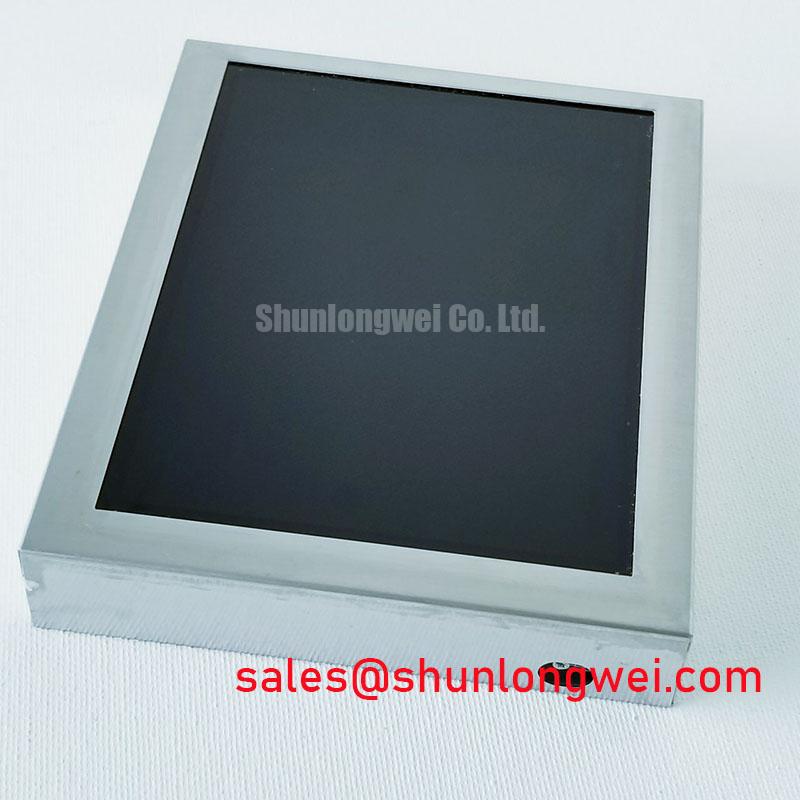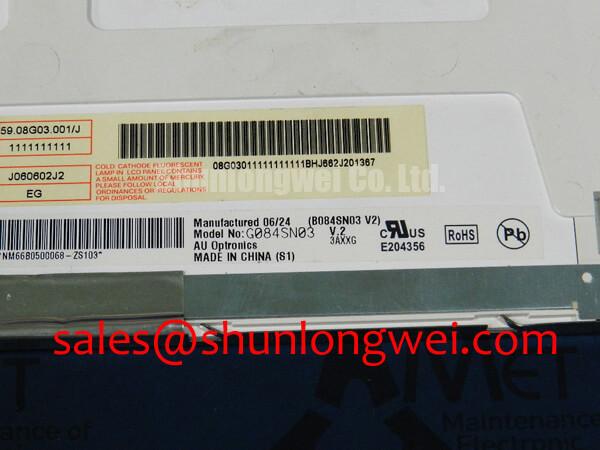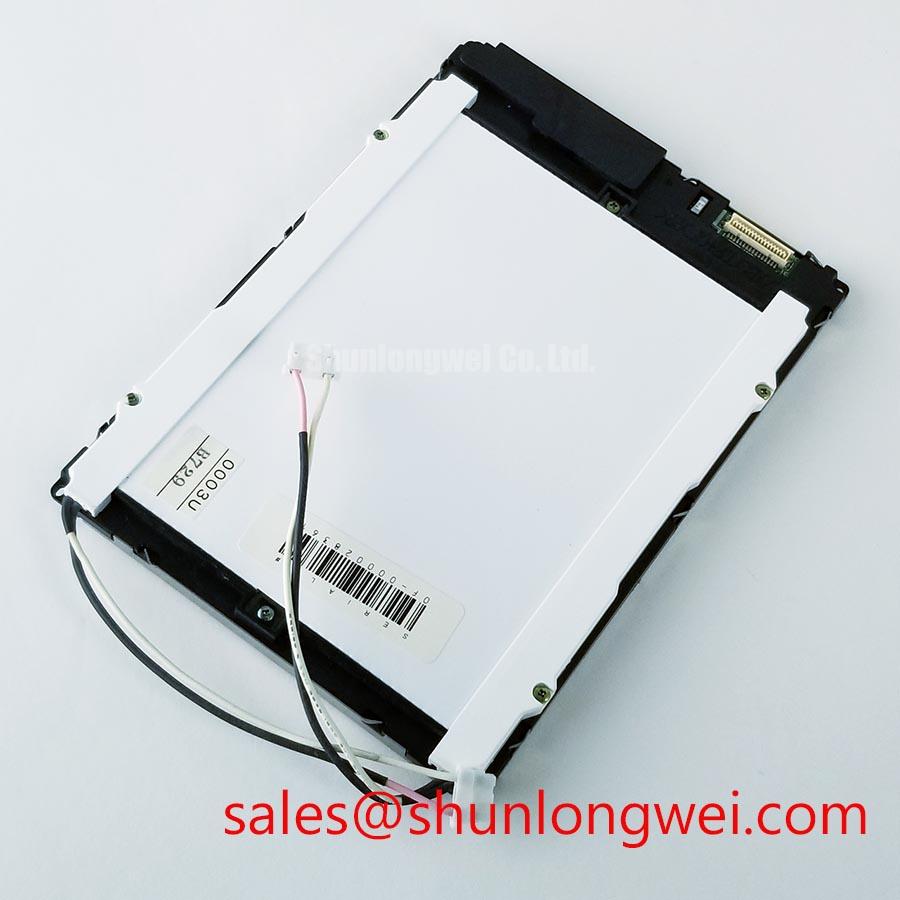EL4836LP-ICE Diffuser: Robust Polycarbonate for Harsh Environments
Engineered for Durability and Optical Consistency
As industrial and architectural lighting systems are deployed in increasingly challenging settings, component resilience is paramount. The Luminit EL4836LP-ICE delivers a stable 80°x35° elliptical diffusion with validated resilience for environmentally demanding applications. With key specifications of an 80°x35° Beam | -40°C to 120°C Operating Range | 90% Transmission Efficiency | Polycarbonate Substrate, this component provides superior impact resistance and consistent optical performance. Its design directly addresses the engineering need for beam pattern stability in fluctuating temperatures by utilizing a thermally stable polycarbonate substrate, preventing the warping and performance degradation common in lesser materials.
Data Points for Component Selection
Evaluating optical components requires a data-centric approach, especially when system longevity is a key design criterion. The selection process often involves comparing material properties and performance metrics under specified operational stresses. This data is presented to support an informed evaluation based on your project's unique environmental and performance requirements.
Material Considerations
- Substrate Material: The EL4836LP-ICE utilizes a polycarbonate (PC) substrate. When compared to materials like acrylic (PMMA), polycarbonate typically offers superior impact strength and a wider operating temperature range, which are critical factors in applications prone to mechanical stress or extreme thermal cycles.
- Optical Efficiency: A transmission efficiency of 90% indicates that the material achieves its diffusing effect with minimal photon loss. This is a crucial parameter for energy-efficient designs, as higher efficiency translates to less wasted energy and reduced thermal load on the light source.
Strategic Value in Rugged System Design
The integration of components that are inherently robust, such as the EL4836LP-ICE Light Shaping Diffuser, provides a distinct strategic advantage in the design of ruggedized systems. This approach shifts the focus from merely meeting baseline performance to ensuring operational continuity and minimizing total cost of ownership. For engineers developing systems for transportation, public infrastructure, or industrial automation, specifying components with a proven tolerance for environmental extremes can significantly reduce field failures and associated maintenance overhead. This aligns with the broader industry trend of building more resilient technology, a cornerstone of creating reliable systems for heavy machinery and other extreme environments.
Engineering Breakdown: Material and Optical Integrity
A component's true value is rooted in its fundamental engineering. The EL4836LP-ICE is defined by two core attributes: its substrate material and its optical structure.
The Polycarbonate Advantage
What is the primary benefit of its polycarbonate substrate? It provides substantial impact resistance for improved system longevity. Think of the polycarbonate base as the chassis of an off-road vehicle—it's engineered not just to support the core function but to absorb shock and resist environmental stress. This inherent toughness ensures the diffuser can withstand vibration and accidental impacts during assembly or in its final deployment location, a critical feature that extends the life of the entire lighting fixture.
High-Efficiency Light Shaping
The EL4836LP-ICE achieves a 90% transmission efficiency, demonstrating a minimal trade-off between mechanical durability and optical throughput. This means that while providing a robust physical barrier, it allows a vast majority of the light from the source to pass through and be shaped. This efficiency minimizes energy loss that would otherwise become waste heat, thereby simplifying the fixture's overall thermal management strategy and contributing to a more stable system.
EL4836LP-ICE Technical Specifications at a Glance
The following parameters are provided to facilitate system integration and performance modeling. All specifications are based on the manufacturer's official documentation.
Optical Properties
| Parameter | Value |
|---|---|
| Beam Angle (FWHM) | 80° x 35° Elliptical |
| Transmission Efficiency (Uncoated) | 90% |
| Haze | >99% |
Mechanical and Environmental Properties
| Parameter | Value |
|---|---|
| Substrate Material | Polycarbonate (PC) |
| Thickness | 0.030" (0.762 mm) |
| Operating Temperature Range | -40°C to +120°C |
Deployment Environments: From Industrial Automation to Architectural Lighting
The specific properties of the Luminit EL4836LP-ICE make it well-suited for applications where environmental conditions are a primary design constraint.
- Outdoor Architectural Lighting: In fixtures exposed to seasonal temperature swings, precipitation, and potential vandalism, the diffuser's wide temperature range and impact-resistant polycarbonate construction ensure long-term aesthetic and functional integrity.
- Machine Vision and Inspection Systems: The 80°x35° elliptical beam can create a uniform line of light essential for automated inspection. The material stability of the EL4836LP-ICE guarantees that this beam pattern remains consistent, even with heat generated by adjacent processing equipment.
- Transportation and Transit: For lighting within buses, trains, or marine vessels, the component's ability to withstand constant vibration and shock without fracturing is a significant safety and reliability benefit.
- Refrigerated and Cold Storage Lighting: The -40°C lower temperature limit allows for direct use in commercial freezers and cold storage facilities where other plastics may become brittle.
For outdoor architectural fixtures requiring a stable elliptical beam down to -40°C, the EL4836LP-ICE is a superior choice over standard acrylic diffusers.
Frequently Asked Questions
What does the "ICE" designation in EL4836LP-ICE mean for an application?
ICE stands for "Increased Circularity Elliptical." This proprietary technology from the manufacturer refines the diffusion pattern to produce an elliptical beam with a more uniform and homogenous light distribution. For applications like wall-washing or machine vision, this results in fewer hot spots and a smoother, more aesthetically pleasing or analytically reliable illumination field.
How does the polycarbonate material of the EL4836LP-ICE compare to acrylic (PMMA) in harsh environments?
While both are transparent thermoplastics, polycarbonate holds a distinct advantage in demanding conditions. It has significantly higher impact resistance, making it far less prone to cracking or shattering. Furthermore, its wider operating temperature range (-40°C to 120°C) compared to typical acrylics ensures its mechanical and optical stability in applications involving extreme cold or proximity to heat sources, a key factor in calculating the total cost of ownership.
Can the EL4836LP-ICE be cut to a custom size without compromising its optical properties?
Yes, the material can be cut to custom dimensions using appropriate methods like laser cutting or die-cutting. The optical structures are micro-embossed onto the surface, so as long as the surface itself is not damaged or scratched during fabrication, the diffusing properties of the cut portion will remain intact. It is recommended to follow manufacturer guidelines for handling and fabrication to prevent surface damage.
Technical Evaluation and Sourcing
To fully assess the suitability of the EL4836LP-ICE for your specific design, we recommend a thorough review of the official product datasheet. For detailed specifications and to discuss how this component can enhance the resilience of your system, please reference the manufacturer's documentation for complete engineering data.

